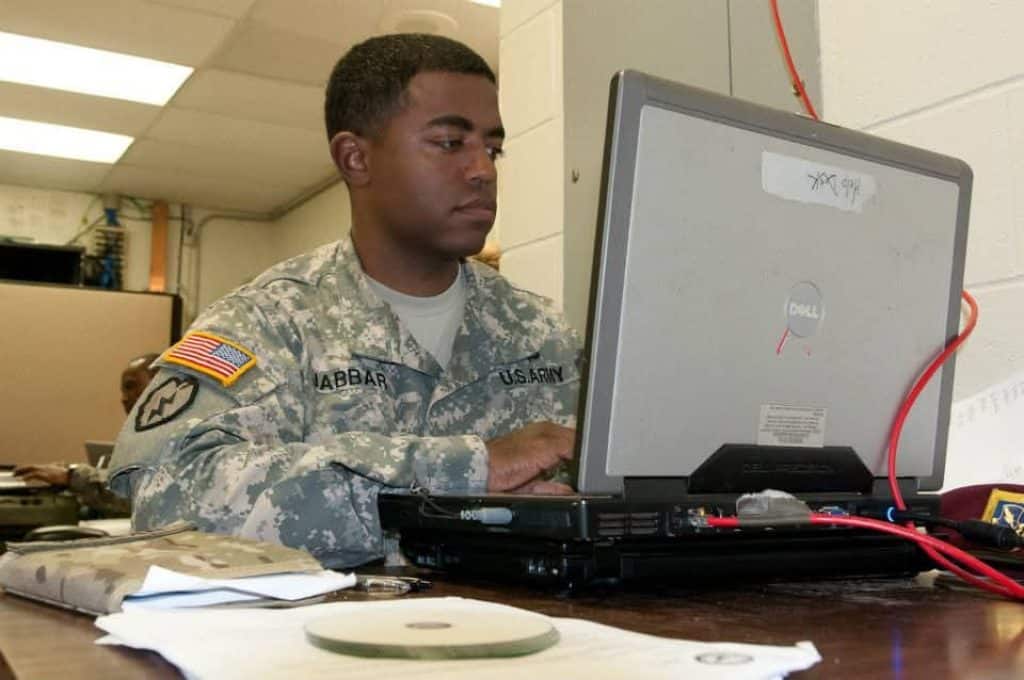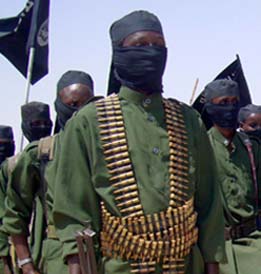
In the early morning hours of January 1, Shamsud-Din Jabbar, a 42-year-old Army veteran from Houston, drove his rented truck into a crowd of revelers on Bourbon Street in New Orleans, killing 14 and injuring more than 50. In the more than two months since Jabbar’s attack, American law enforcement officials have detained two men charged with conspiring to provide material support to the Islamic State in Brooklyn and Minneapolis, respectively, illustrating persistent propaganda and recruitment efforts by jihadist groups.
According to the FBI, Jabar converted to Islam in 2022 and began following extremists in 2024. He likely began advanced surveillance of the attack site in October 2024. While details are limited, the FBI reports that Jabbar arrived in New Orleans on October 30, a day before Halloween, likely to see Bourbon Street crowded as it would be on January 1. Jabbar video recorded himself riding a bike on Bourbon Street, almost certainly conducting route surveillance of his future attack site. In the footage, he appears clean-shaven and is wearing glasses.
Less than two weeks later, Jabbar returned to the site, then sporting a beard, no glasses, and longer, unkempt hair, suggesting potential training in counter-surveillance techniques. On November 10, he left Houston for New Orleans by train and returned the same day by bus, possibly utilizing pre-deployment Afghan training that emphasizes frequently changing avenues of approach. Regardless of where or how he was trained, Jabbar employed surveillance and counter-surveillance techniques in the run-up to the attack.
A little over a month later, on December 30, Jabbar rented a truck in Houston and drove to New Orleans. He arrived at a rental home on Mandeville Street, less than 3 miles from Bourbon Street, at approximately 10 pm. After unloading his truck, Jabbar parked his vehicle on Royal Street, less than 2 miles from the attack site, and began placing improvised explosive devices (IEDs) at multiple locations on Bourbon Street. After deploying his last IED at 2 am, Jabbar conducted his domestic terror attack an hour later. Jabbar was killed in an exchange of gunfire with police after driving his truck into the crowd.
According to the FBI, Jabbar intended the IEDs to wreak absolute havoc on the streets of New Orleans. However, law enforcement officials said the former American soldier used the wrong device to detonate the explosives. Had Jabbar not made this mistake, the detonated bombs would have been akin to throwing multiple hand grenades into a busy street.
While the FBI is confident Jabbar acted alone, in October 2024, law enforcement officials arrested Said Anas in Houston, where Jabar resides, for providing material support to the Islamic State. Approximately 200,000 Muslims live in Houston, making it the largest Muslim population in Texas. As of 2024, Texas has the fifth-largest Muslim population in the United States. Additionally, Houston’s proximity to the southern border makes it a key point of interest for the Islamic State. For example, in June 2024, the Department of Homeland Security (DHS) identified 400 immigrants brought to the United States through an IS-affiliated human smuggling network.
In late February, law enforcement officials detained a Tajik national, Mansuri Manuchekhri, for conspiring to provide material support to the Islamic State. Manuchekhri, who had overstayed a non-immigrant tourist visa he obtained in June 2016, was detained after his ex-wife, a Bronx exotic dancer, called the New York State terror hotline and expressed concern that Manuchekhri would “commit acts of violence.”
On February 27, law enforcement officials detained Abdisatar Ahmed Hassan, 22, in Minneapolis, Minnesota, for attempting to provide material support to the Islamic State. According to the criminal complaint, Hassan is originally from Kenya and lived in Amarillo, Texas, before moving to Minneapolis. In late May 2024, the New York City Police Department Intelligence & Terrorism Bureau notified the FBI that Hassan had posted content supportive of Shabaab, Al Qaeda’s branch in East Africa. The FBI then conducted an investigation revealing numerous online posts by Hassan supporting the Islamic State and Jabbar’s Bourbon Street attack, leading to his February 27 arrest.
On December 10, 2024, Hassan tried unsuccessfully to board a flight to Somalia at Minneapolis-Saint Paul International Airport. He was turned away because he lacked the required documents. Two weeks later, Hassan attempted to catch a flight to Ethiopia in Chicago but missed his flight after law enforcement officials interviewed him at length.
Law enforcement investigations point to Jabbar, Manuchekhri, and Hassan likely being radicalized online, and they may have been influenced by domestic Islamic State and Al Qaeda sympathizers within their local communities. The January attack on New Orleans and the more recent arrests, along with identified jihadist-affiliated border crossings last year, indicate the United States remains at risk from domestic terror threats.







